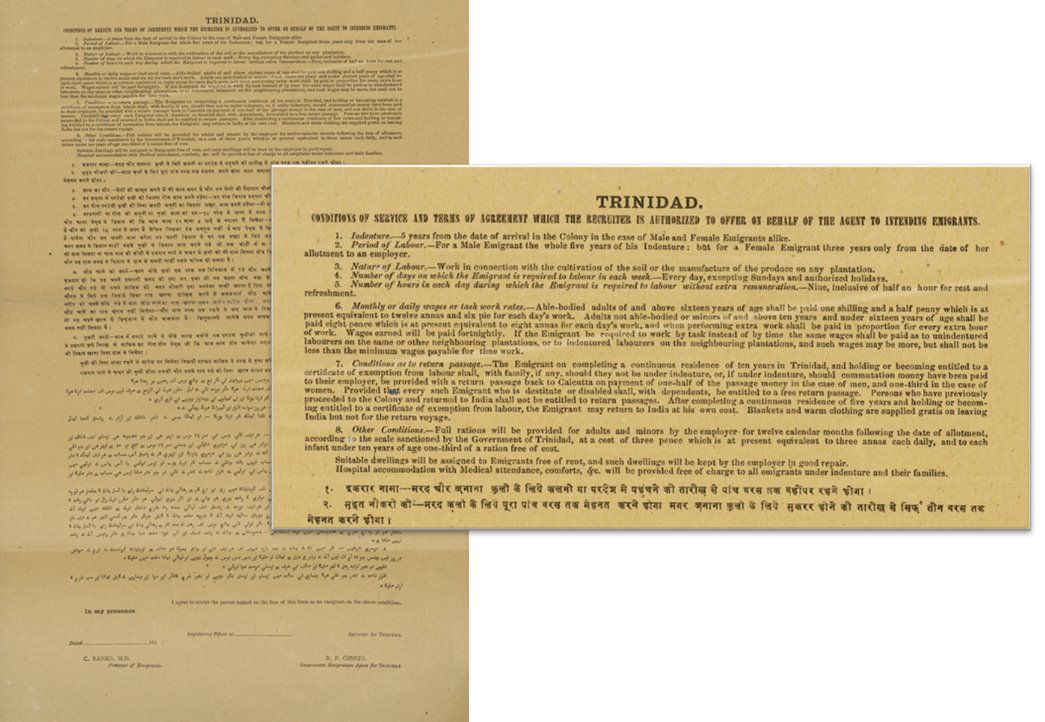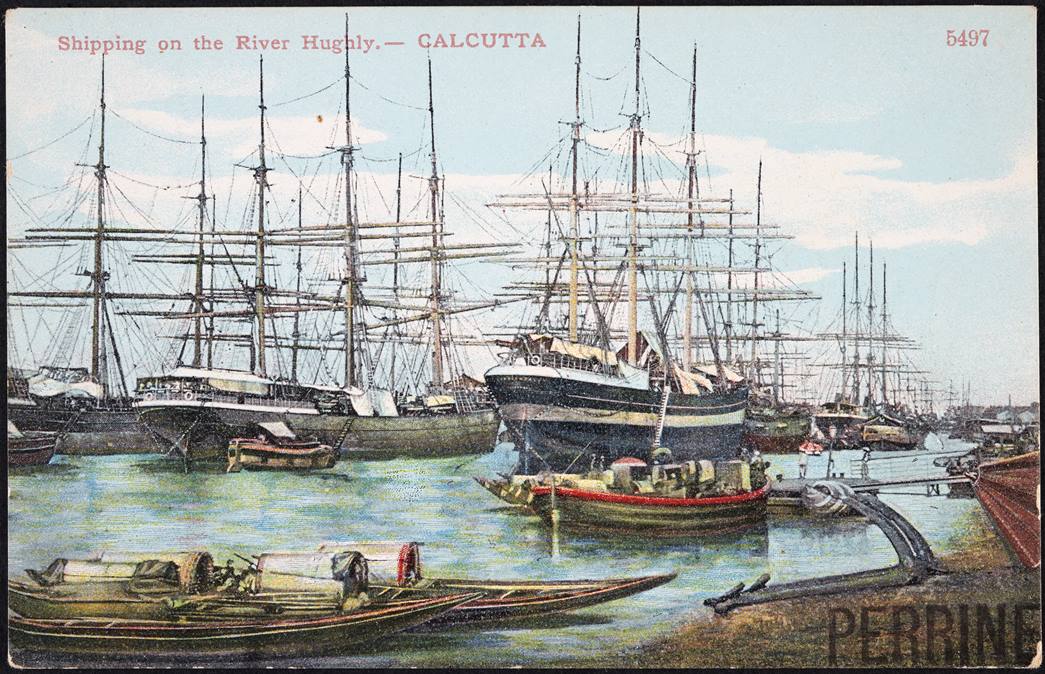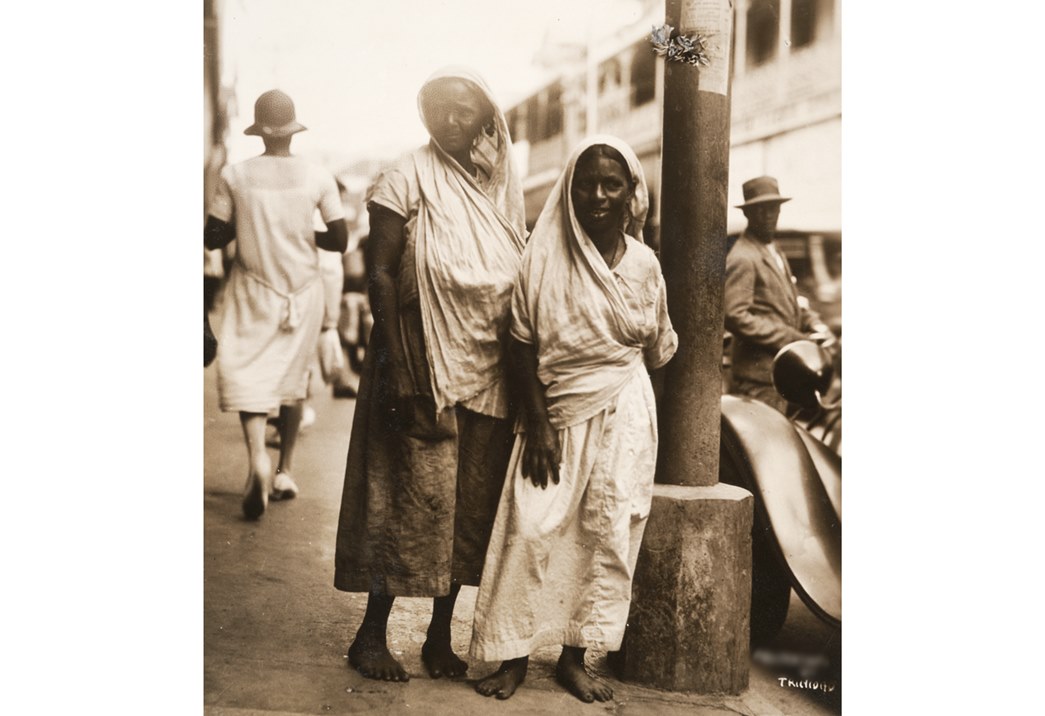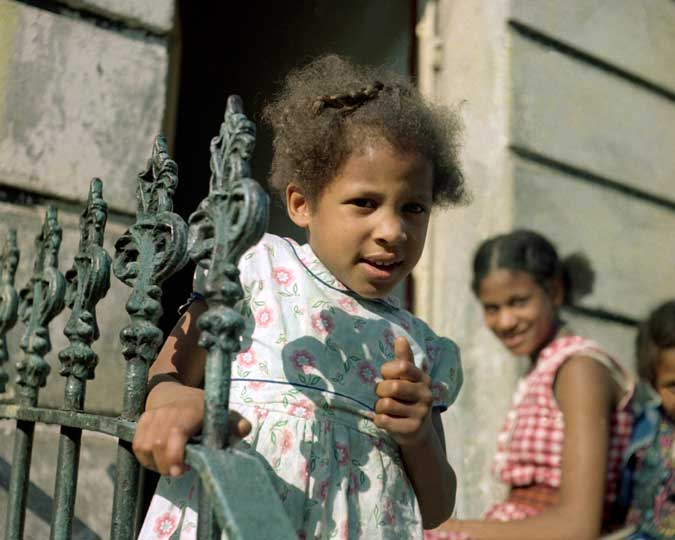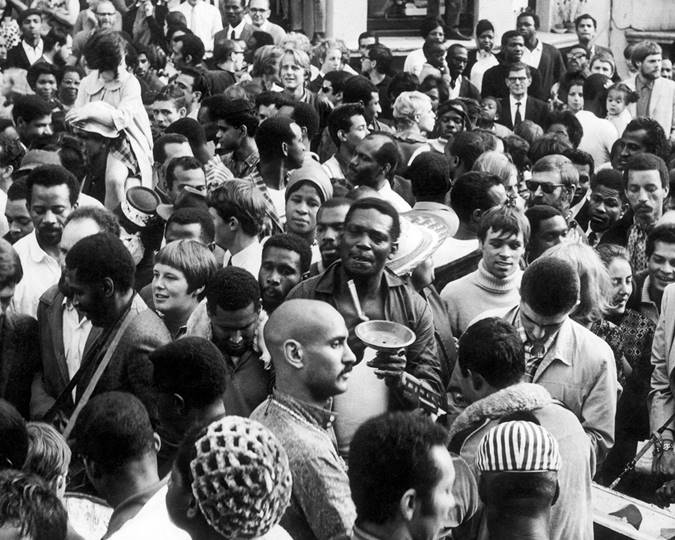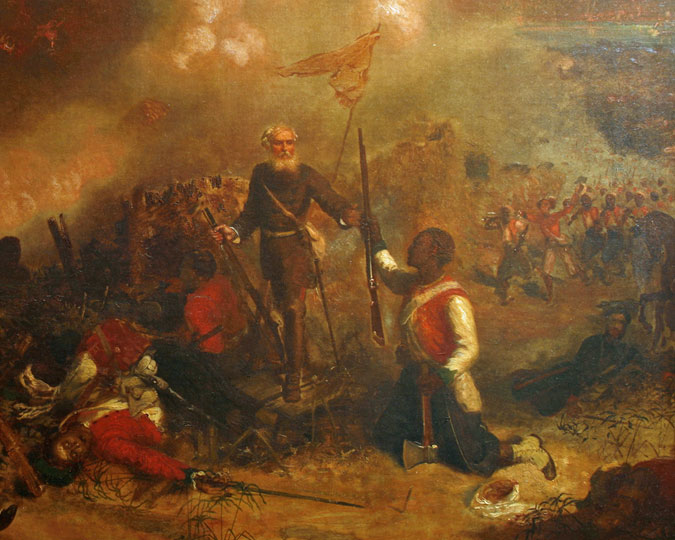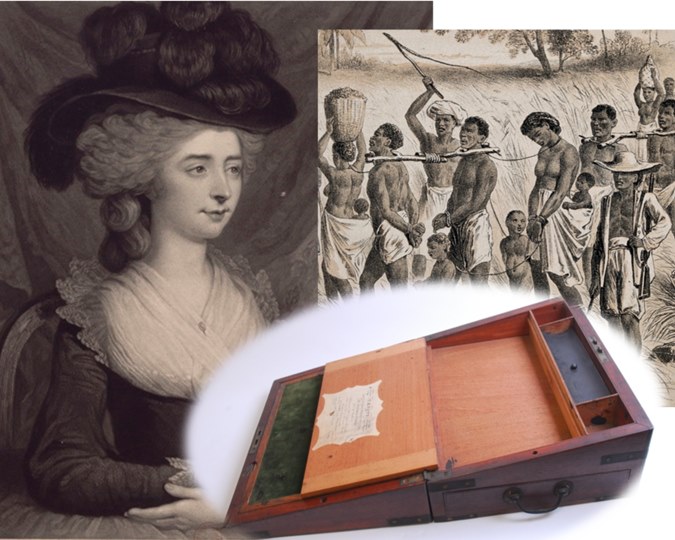During the 19th century, the British Empire consisted of an expansive global network that included colonies in every continent in the world. Its administrative hub was London, which placed the city at the centre of major foreign policy decision-making that would change the lives of many populations outside of the UK. One such population was that of India.
After the Slavery Abolition Act was passed in the UK in 1833, apprenticeship schemes were set up by the government to ‘allow’ former enslaved people to continue cultivating sugar on plantations. This was supplemented by very low wages and the promise of better health and safety standards. As working conditions generally did not improve, and many inhumane practices from slavery continued, the apprenticeship scheme was dissolved in 1838.
Since the sugar and tea industry brought in large revenue for the UK, an alternative was needed to preserve the trade. Planter Sir John Gladstone proposed that cheap labour could be acquired from India to sustain the industry. The British government agreed to this, and the Indian indenture system was thus established.
In this system, an Indian resident could agree to sign a three–five-year contract to work in the Caribbean. Indian migrants would then make their way to the Caribbean by ship, embarking on a perilous journey lasting up to 20 weeks!
The indenture system operated from 1838 to 1917, with nearly half-a-million Indians leaving their homes to start a new chapter in the British Caribbean territories of Trinidad and Tobago, Guyana, Grenada, Jamaica, St Kitts and Nevis, St Lucia, St Vincent and the Grenadines, and Belize. Whilst the majority of Indian migrants were men, a significant number of women signed up to become indentured labourers. In many ways, indenture in the Caribbean completely transformed the lives of Indian migrant women, creating new experiences and life paths amassing both sombre and empowering tales. Sharing their stories is important, as historically, the narratives of Indian and Indo-Caribbean women are less visible and can face erasure.
We take a closer look at three objects connected to London and the Caribbean to explore the lesser-known women’s history of Indian indentured labour.
Why did women sign up for indentured labour?
The labourers often hailed from the Indian state of Bihar. With far more men having signed up than women, Indian recruiters were tasked with ensuring one third of the labourers were women to result in a more balanced social structure. Due to cultural norms, it was significantly more difficult to get women to sign up and so some recruiters resorted to immoral recruitment practices — such as lying about terms and benefits — to meet their targets. Although some women signed up due to these false claims, many others undertook indenture contracts for a host of significant reasons.
The mid-late-1800s saw several famines across large parts of India, leading to huge loss of life and increasing poverty. At the time, when given the option, many women chose to venture to a new location for work to escape hardship and acquire financial resources for both themselves and their families. Some women saw indenture as a voyage of opportunity, the ability to map out a new life for themselves away from traditional patriarchal practices. Through examining archival records, researcher Rhoda Reddock uncovered that just over two-thirds of the women who took part in indenture were either single or widowed. Indian women used their agency to act in their own individual interest. As Brinda Mehta’s research explains, women no longer had to be confined to the traditional structures of their religious and social backgrounds.
One of the consequences of such a migration was the possibilities for Indian women to expand their options in terms of love and relationships. There were now more opportunities to meet a mate who would not have been in their social circles back home. Academic Leslie-Ann Robertson Foncette details that traditional arranged marriages became optional, and women were able to navigate relationships independently.
Women’s experiences on the indenture voyages
Crossing what Indian migrants termed as kala pani or “dark waters”, was a journey ladened with great obstacles and unforeseen experiences. Hundreds of indentured labourers were stationed on the ship’s middle deck for the whole duration of the voyage, which could last 10-20 weeks, with periods of permitted sunlight and “fresh” air. Alongside issues of sickness, racial discrimination and violence from British officers on-board, women often faced threats and acts of sexual harm. With low food rations on the ship, containing ingredients not commonly eaten in various Indian regions, British officers would intercept Indian women during toilet breaks to offer sweet provisions in exchange for sexual favours. Documentation shows women having faced sexual harassment, inappropriate touching and, in some cases, rape.
The women also faced gender discrimination at the hands of their fellow Indian men during the journey. Aliyah Khan’s research reveals that as most women were unaccompanied on their voyages, this placed them outside of established social practices back home and was seen as shameful by some male migrants. Although the voyage to the Caribbean came with many serious implications, the positive impacts were centred around female friendships that helped sustain Indian women on their journey.
Indian women in the Caribbean
Once Indian women settled into their new surroundings, they began undertaking work on the plantations and organising themselves within the new social landscape. Most women often had to carry out the same types of labour as men — from cutting down the sugarcane with a cutlass, to prepping the land for planting, and cleaning and sorting the sugarcane stems. Other women worked within the communal housing quarters. Here, they cooked meals, maintained the residences and took care of the children within their community.
As women were a minority in the indenture system, single women had the capacity to develop a newfound sexual independence. If they wanted to, women could now explore constructs outside of traditional monogamy. While many women found loving and fulfilling relationships, Mehta notes that this new autonomy was not seen favourably by some migrant men who felt disenfranchised by the monopoly experienced by the female labourers. Researcher Kaneesha Persard’s work details that in particular instances, when men were rejected by women, they reacted violently, and on some occasions attacked prospective partners with cutlasses used on the plantation.
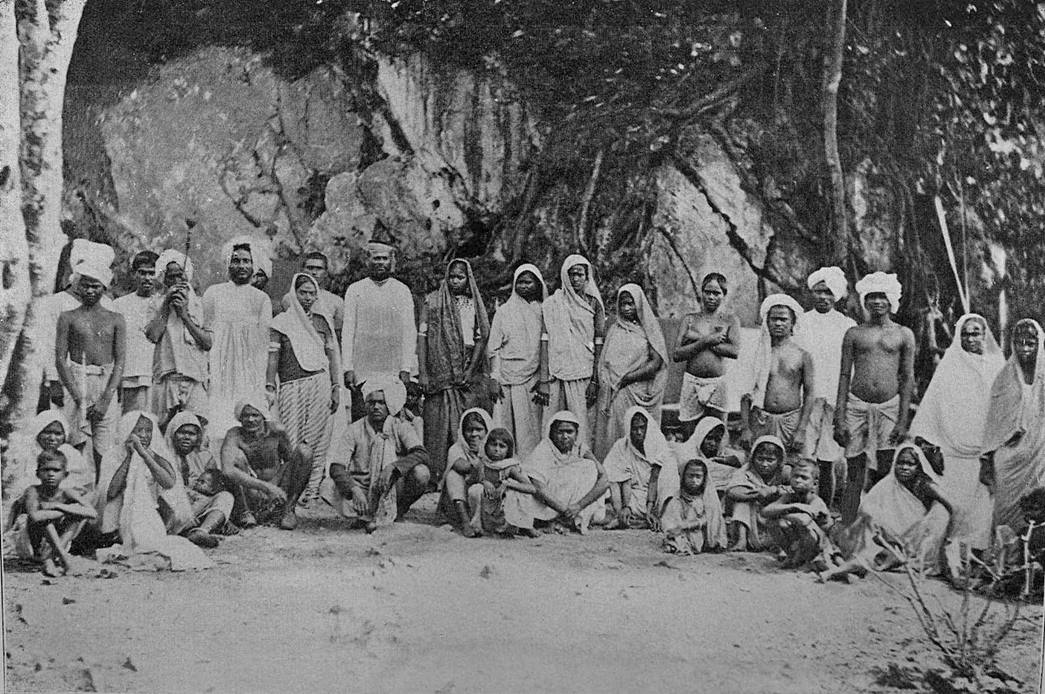
Starting a new life
A circa 1897 image of just-arrived indentured labourers from India in Trinidad. (Courtesy: Wikimedia Commons)
Unknowingly, through signing up to the indenture system women had positioned themselves in yet another male-dominated society. The relative independence that Indian women experienced at the start of indenture was quickly consumed by ever-growing patriarchal regulations. Academic Janet Momsen identified a case in Trinidad in 1880, where Indian men petitioned the British government with the help of the Presbyterian Church, to insist women to return to their husband’s control.
British colonial sexist stereotypes also impacted Indian women’s autonomy through dictating the supposed identity of all indentured women. Indian women were sexualised and branded as “subservient” and “meek”. Operating outside of these boundaries would be looked down upon by others within the wider community. However, many women decided to challenge this and create their identities and families purely on their own terms.
In the decades just after the indenture system, fewer women chose to work on plantations and many began to enter different career fields outside of agricultural labour, such as teaching and entrepreneurial work, often having stalls selling produce, milk and livestock. In some cases, Indian women and their families took passage to other British Caribbean islands to once again embrace opportunities for work and livelihood. Indian women more widely continued to enrich their communities through cultural preservation and the strong bonds they had built. Triumphing over their previous narratives Indian and Indo-Caribbean women went on to thrive.
It’s important to remember that labour was always at the heart of the Indian migrant women’s interactions. Labouring to withstand the voyage, harsh labour on the plantations, and acts that were a labour of love to their families, friends and community. Uncovering these women’s stories allows us to create a fuller picture of indenture, helping us to take a step back and look at wider implications of this British governmental system.
Makiya Davis-Bramble is a Curator at the International Slavery Museum and a Freelance Curator for the 2023 Indo + Caribbean display at the Museum of London Docklands. She is also currently undertaking a PhD scholarship in Caribbean History, Femininity, and Race at the University of Westminster.








